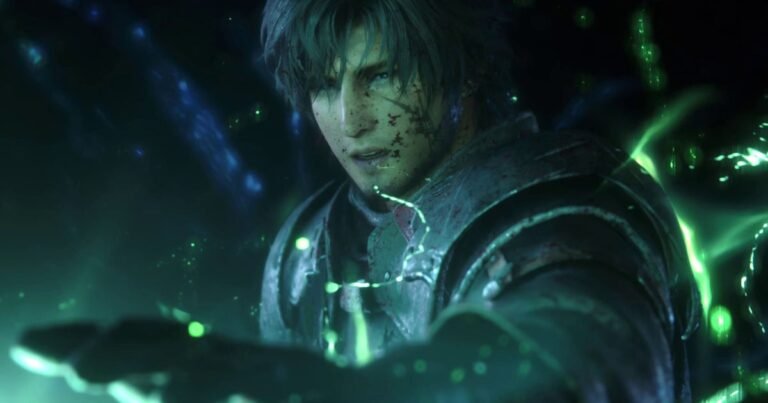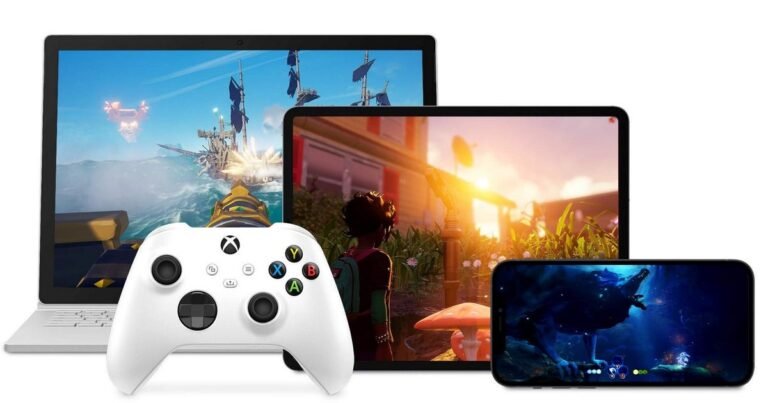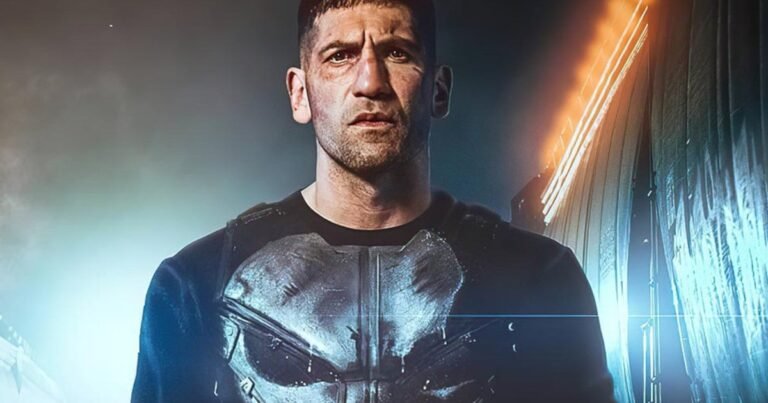
Expedition 33: A Technical Analysis
Clair Obscur: Expedition 33 has made a big entrance into the world of video games. This fantastic turn-based RPG has been highly praised by critics and is on track to become one of the highest-rated turn-based games in recent years. The first impressions also showcase incredible graphics work, with top-notch art and ray tracing… but with the heavy Unreal Engine 5 at its core, can Expedition 33 truly impress on current-generation consoles?
Visual Rendering in Expedition 33
Expedition 33 is often very beautiful. It does a particularly good job at presenting new and interesting environments for players to explore. Some of them are more conventional: the game starts in a bustling 19th-century town, for example. But the game tends towards increasingly fantastical locations as it progresses, including coral environments that are underwater in every sense but the literal one, and red forests populated by wooden mechanical dolls. Each area is visually distinct, with important visual characteristics that make it memorable.
The key to Expedition 33’s environment rendering is the triad of important rendering features of Unreal Engine 5: Lumen, Nanite, and Virtual Shadow Maps. Lumen GI helps provide a good sense of indirect diffuse lighting, something it generally achieves despite some variability in quality. The environments are generally captured with enough detail and look beautiful, but some smaller-scale elements may appear disconnected from their surroundings. Some of these issues could have been addressed with triangle-based Lumen, but here we are only seeing its SDF-based software variety.
The game’s reflections also receive the Lumen treatment, although most areas of the game are uneven and covered in vegetation, and therefore do not receive much boost from the technique. On smooth surfaces, however, it is possible to distinguish the SDF geometric bubble-shaped representations. Overall, the game keeps the reflections a bit more diffuse, so these limitations are not very noticeable.
Nanite is also used here, meaning the game does not suffer from sudden LOD popping, while mesh quality is also generally quite high. With Nanite come the Virtual Shadow Maps (VSMs), which provide effective direct lighting depth and occlusion. The game is naturally lit in most areas, so you do not see many exceptions without shadow projection in the world. The VSMs also seem to use the Unreal map shadow RT technique to properly diffuse shadows as they move away from the object casting them, at least in PS5 Pro quality mode, as we are seeing here. Interestingly, however, some areas do not seem to use the technique, so shadows tend to look a bit too sharp in those cases.
When it comes to consoles, the main platform is, unsurprisingly, the PS5 Pro, which offers a quality mode of 30 fps and a performance mode of 60 fps. The main difference between the two modes on the PS5 Pro comes down to lighting, with less precise indirect diffuse lighting quality in the 60 fps mode. Reflections also lose some sharpness, but the biggest impact is the reduction in roughness cut-off, as Lumen reflections do not appear on rougher materials, such as this embossed metallic design. VSMs also do not feature RT shadow map, a decision that leads to a noticeable difference even outside of direct comparisons. I’m sure there are other configuration tweaks, but the lighting changes are the most obvious.

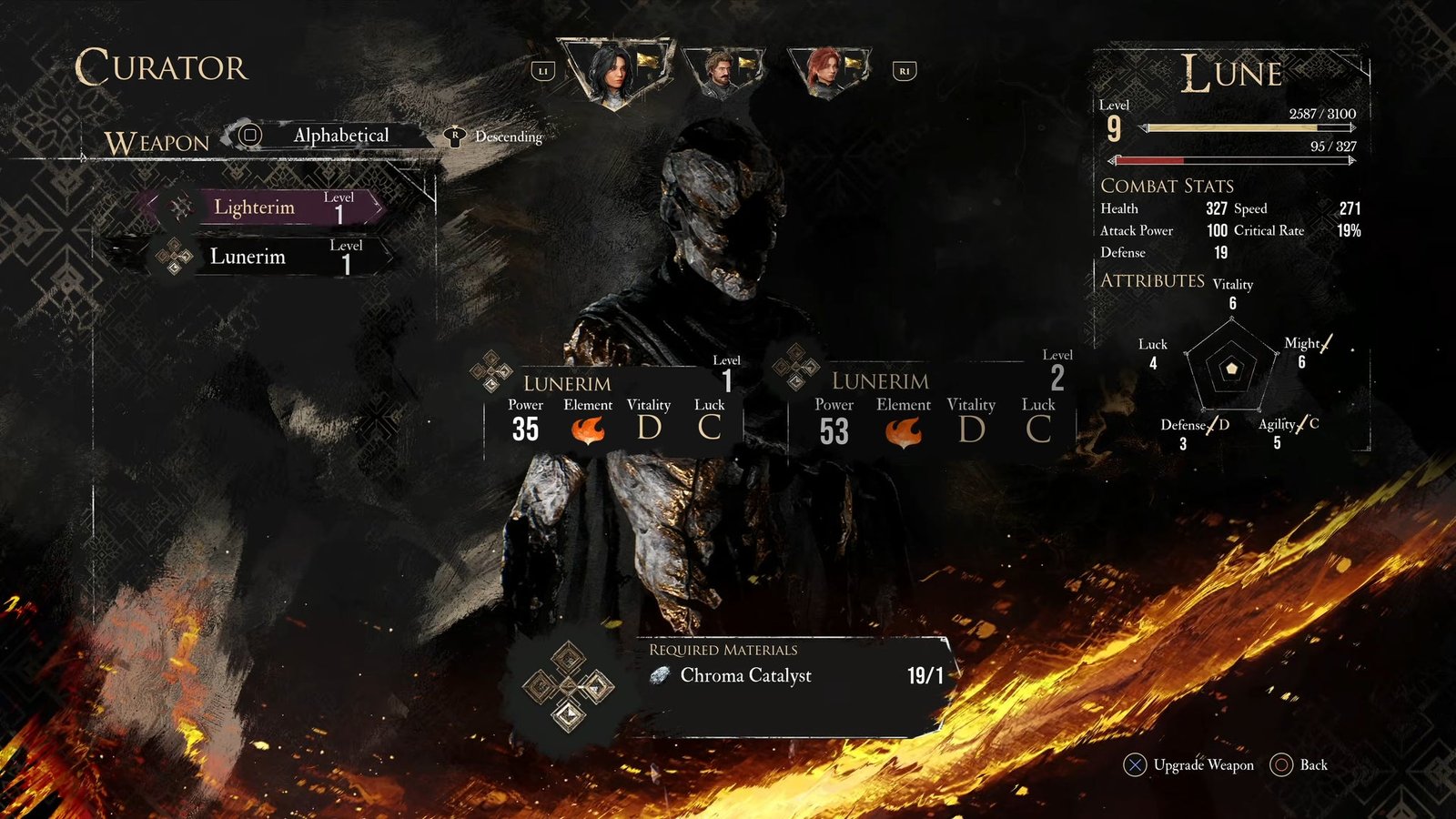
There are also some differences in image quality. The Expedition 33 doesn’t have incredible image quality on consoles and appears to be using an analytical upscaling technique, like Epic’s TSR. This brings some aliasing and shimmer, which worsen in performance mode. In terms of resolution, at a glance, we have a dynamic base resolution of ~1080p for performance and ~1440p for quality. Enabling film grain and chromatic aberration also significantly softens the image, which is worth keeping in mind in any mode setting.
Frame rates are generally very good. In performance mode, we’re seeing a very stable 60 fps, occasionally interrupted by single frame drops – mostly associated with certain enemy attacks. Quality mode, on the other hand, runs at a fixed 30 fps. Strangely, cutscenes in both modes run at unstable 30 fps, with a broken frame rate limit and some genuine performance-related drops, with the first of these should at least be fixed. I would lean towards the 60 fps mode for most players, if only because Expedition 33 relies on very precise timing for defenses and dodges. Most turn-based titles would work perfectly at 30, but here I felt that my gameplay ability significantly decreased with the lower refresh rate.
Descending down the scale, the PS5 and Xbox Series X look very similar to the PS5 Pro. Both consoles resemble their PS5 Pro counterparts in terms of visual features, but the resolutions are lower, for example, a PS5 image in performance mode features 864p, below the 1080p on the Pro, while the PS5 in quality mode features 1224p, below the 1512p on the Pro. Frame rates here are very similar to their more powerful sister, namely, very good. Performance mode again features a good 60 fps, with some noticeable drops during intense moments, while quality mode maintains a reliable 30 fps.

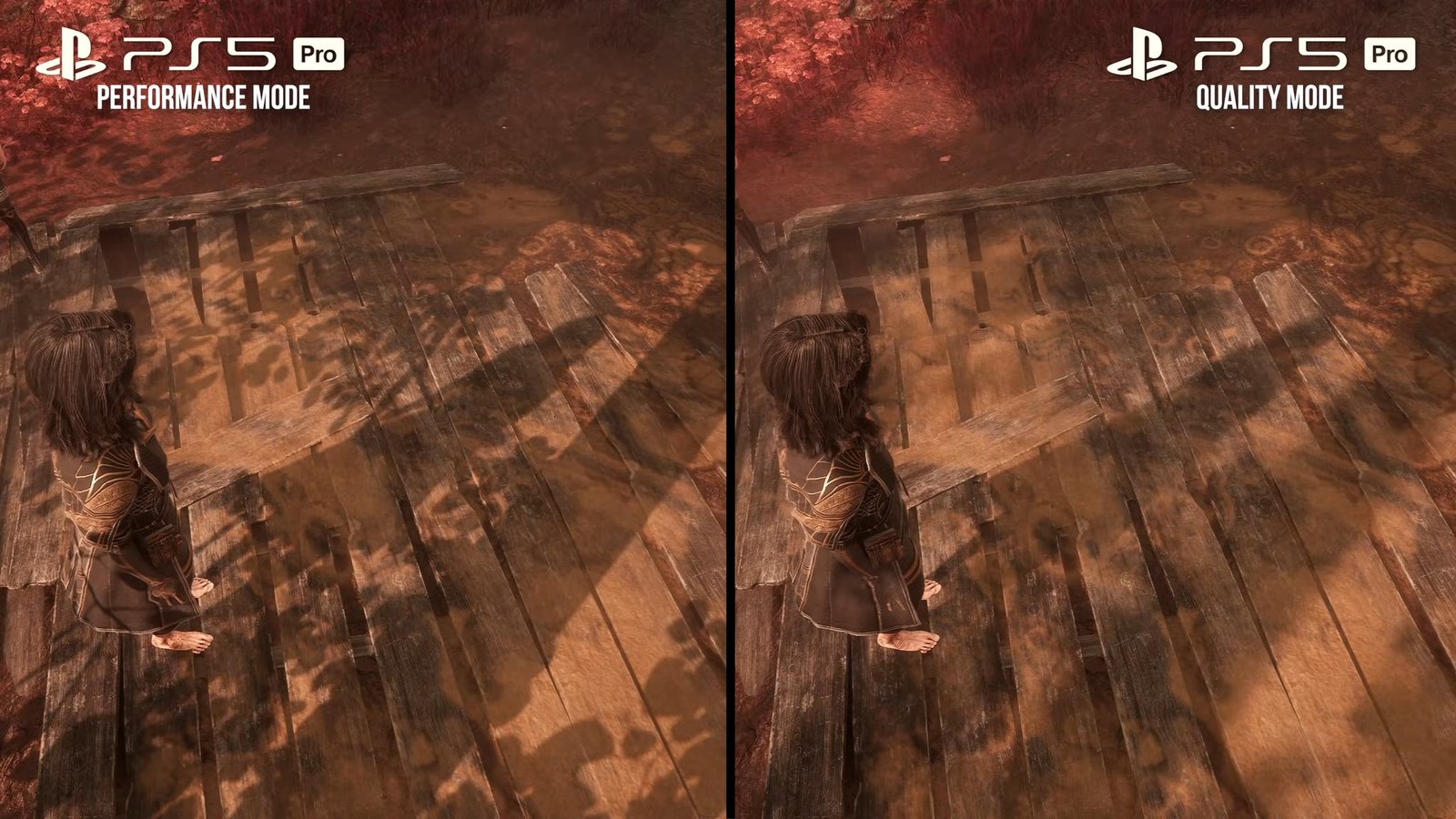
Technical Analysis of Clair Obscur: Expedition 33
The Series S is, as always, the exception, with a visually compromised 30 fps mode that trades Lumen reflections for SSR and uses simplified global lighting. Interestingly, the internal resolution is reasonable at ~900p, but the actual image quality on screen is substantially worse than the Series X performance mode on a 4K screen, likely due to the scaling target reduction. Performance is locked at 30fps apart from some fluctuations in cutscenes, which is commendable, but I imagine that completing the game on the Series S would be substantially more challenging than on other console platforms due to the lack of a 60fps mode.
Gameplay and Aesthetic Features
I enjoyed what I played of Expedition 33, especially for its narrative efficiency and engaging combat system. The visual fireworks certainly help, but the core gameplay is satisfactory, combining turn-based combat weaknesses and debuff-oriented elements with action-based timing. If I had any particular complaint, it would be that the game may be a bit too fast-paced for its own good, with complex skill sets introduced quickly and combo systems varying by character. It is also a bit challenging on the default difficulty.
It helps that the game’s stylistic choices remain engaging throughout, with its aforementioned graphical strengths and bold interface playing a significant role. The soundtrack is also effective, with over eight hours of music and some memorable themes. Repetition is kept to a minimum here, which is certainly beneficial for a game that generally has some form of musical accompaniment.
Visual and Performance Comparison
I fully understand why the game has been so well-received and why some media outlets consider it one of the best games of the year. It is a confident and well-crafted RPG that offers a unique adventure. Visually, Expedition 33 is a visually impressive RPG that makes great use of the UE5 feature set. It does not have any single element that wowed me, but at the same time, the overall level of quality and polish is impressive. The colorful designs and interesting artistic choices make the game especially memorable.
The performance is also very good. The game effectively achieves its 30 and 60 fps goals, with only rare drops. It is on par with Jusant and Fortnite in terms of delivering a solid 60 fps experience with the top-of-the-line UE5 feature set on consoles. The Series S release is the only real negative point, with substantially degraded reflections and GI and no 60 fps mode. At some level, this is normal for Series S releases, but the reductions here are a bit more pronounced than in most UE5 games.
Clair Obscur: Expedition 33 is an engaging game on virtually all fronts and is highly recommended on PS5, Series X, and PS5 Pro. RPG fans should check it out.

